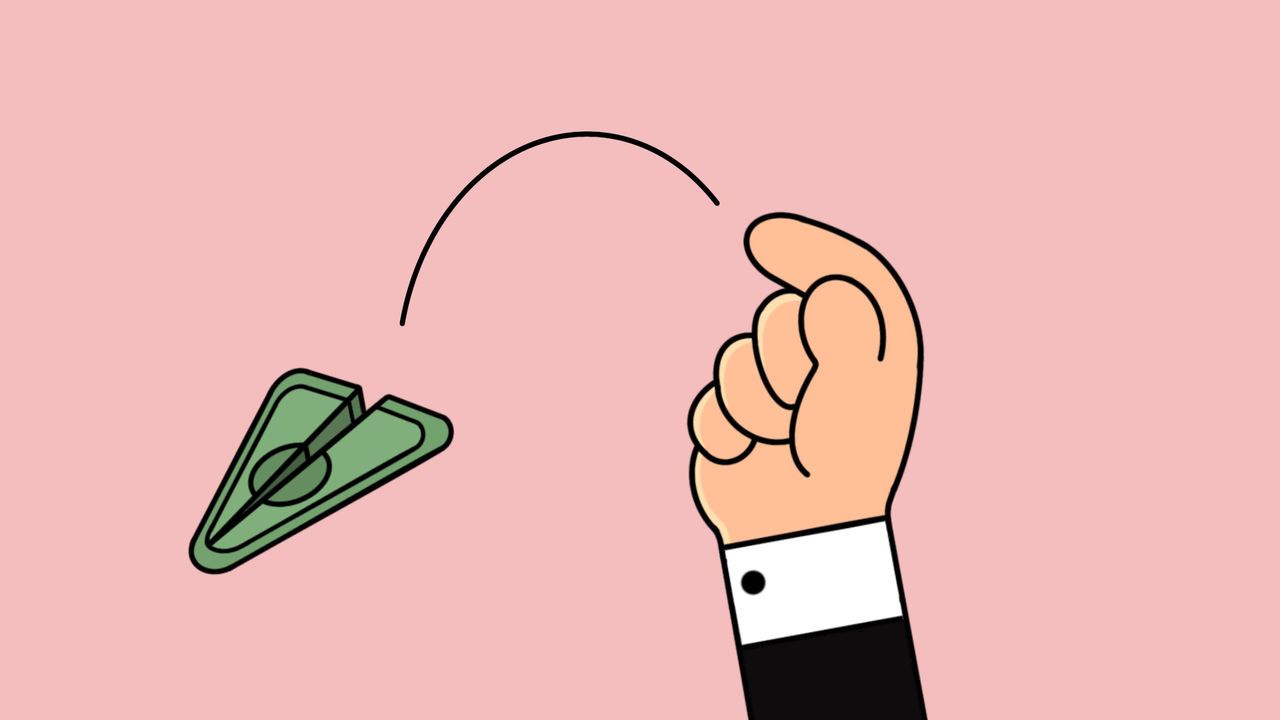Donald Trump wants a weaker dollar. What are his options?
All come with their own drawbacks

In September 1985, eight months after Ronald Reagan, America’s 40th president, began his second term, finance ministers and central bankers from America, Britain, France, Japan and West Germany met at the Plaza Hotel in New York. They discussed ways to bring down the value of the dollar, which had risen by nearly 50% on a trade-weighted basis between 1980 and Reagan’s second inauguration. Other countries had expressed alarm; the American trade deficit had ballooned. After the group announced that “orderly appreciation of the non-dollar currencies is desirable” and that they were ready to “co-operate more closely to encourage this”, the dollar plummeted. By the late 1980s, it was back where it traded in 1980.
Explore more
This article appeared in the Finance & economics section of the print edition under the headline “Green dreams”
Finance & economics July 27th 2024
- The rich world revolts against sky-high immigration
- Donald Trump wants a weaker dollar. What are his options?
- Revisiting the work of Donald Harris, father of Kamala
- How Vladimir Putin created a housing bubble
- Why is Xi Jinping building secret commodity stockpiles?
- Why investors are unwise to bet on elections
More from Finance & economics

Has social media broken the stockmarket?
That is the contention of Cliff Asness, one of the great quant investors

American office delinquencies are shooting up
How worried should investors be?

China is suffering from a crisis of confidence
Can anything perk up its economy?
America has a huge deficit. Which candidate would make it worse?
Enough policies have been proposed to make a call
Why Oasis fans should welcome price-gouging
There are worse things in life than paying a fair price
As stock prices fall, investors prepare for an autumn chill
Markets are in a very different place from earlier in the year
